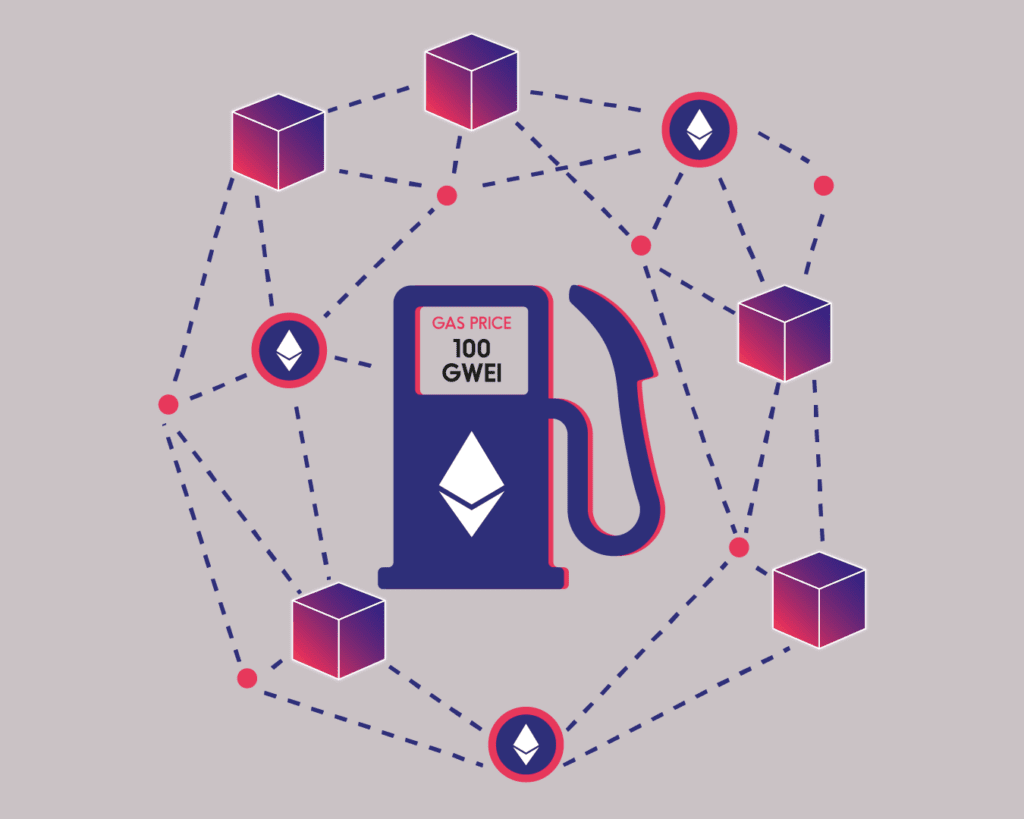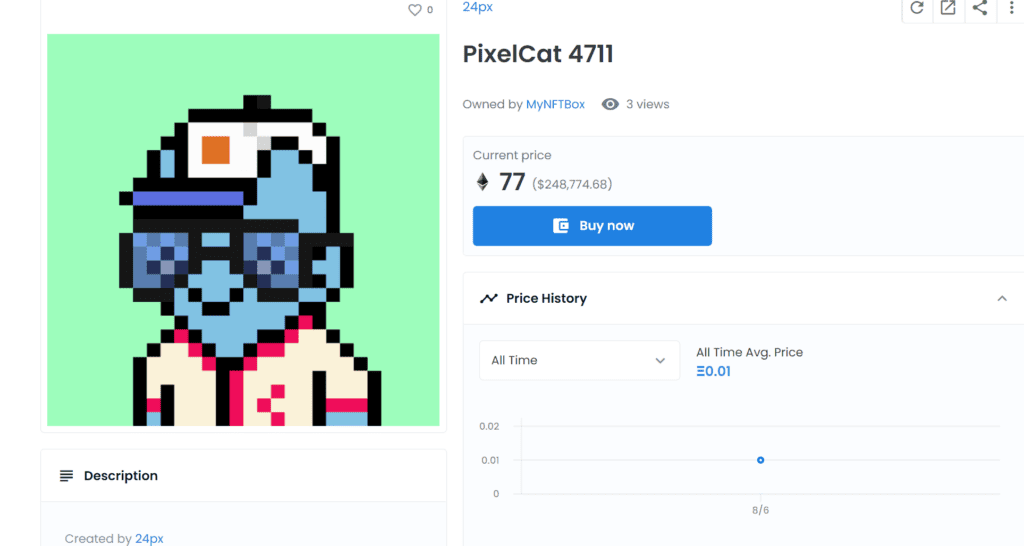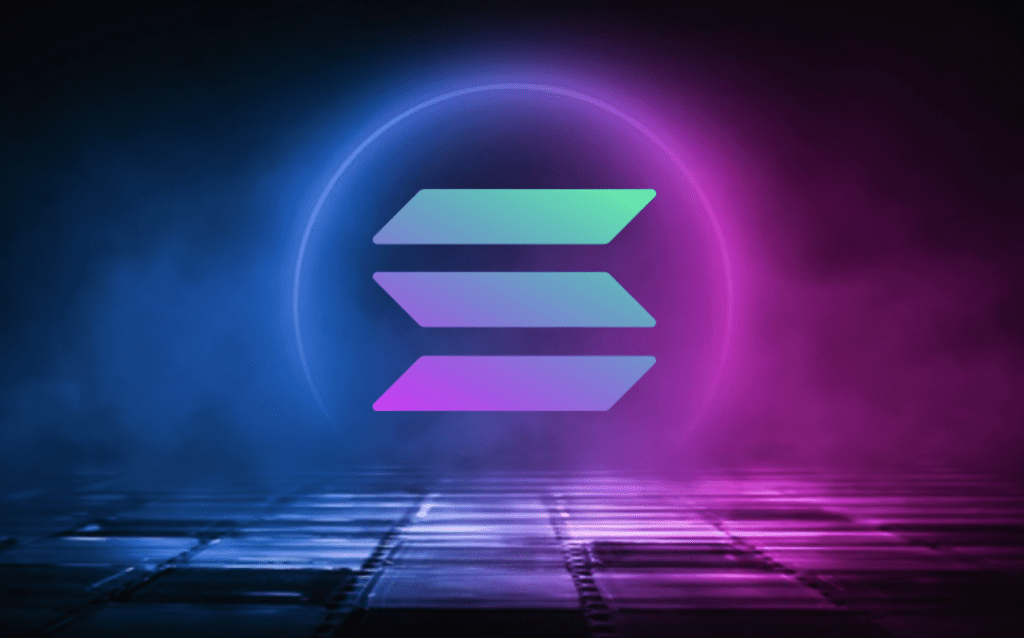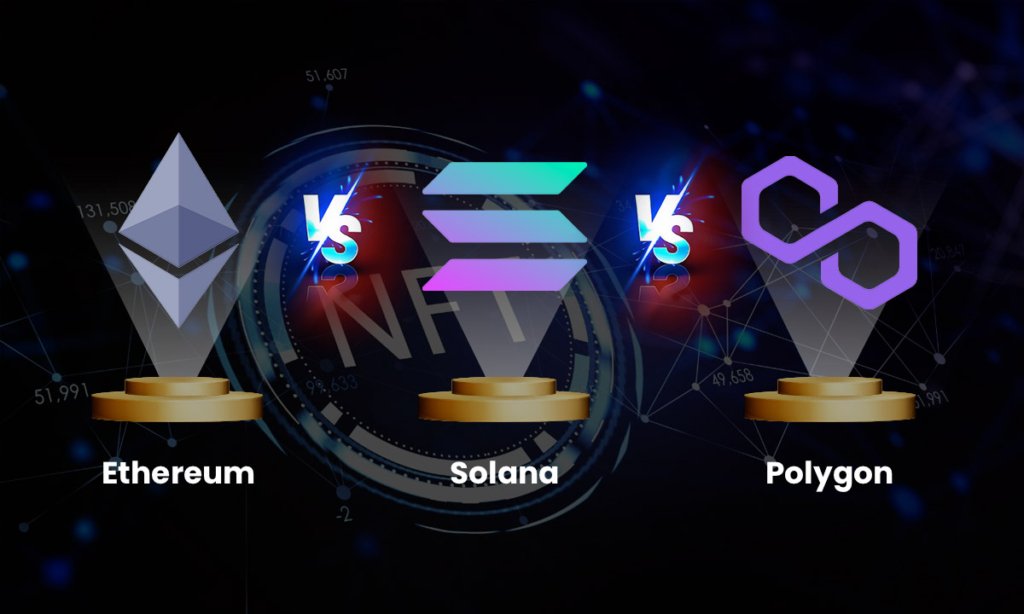Let’s talk about how to save money on gas fees when buying NFTs. Listen, folks — Ethereum gas fees are wild. If the price of cryptocurrencies are as volatile as the Hulk, gas fees can be even more volatile. They’re unpredictable, weird, and hard to calculate. Plus, beyond the general misconceptions about NFTs, most people don’t even totally get what gas fees are. This makes your NFT buying strategy tough sometimes.
And for all the talk of Eth 2.0 upgrades that will supposedly improve the network and lower gas fees, the question most people left asking is: when will it actually happen? Ethereum gas fees are down a bit these days from their peak, but here’s a list of ways you can try to cut down on your transaction costs anyway.
Terms to know
Gwei
You can think of gwei as a fraction of one ETH. There are 1 billion gwei per Ether — think of it like the cents in a dollar. Because a gwei unit is so small, Ethereum gas fees are more easily calculated in gwei. This means that to calculate gas fees in dollars, you’ll likely need to convert gwei to ETH and then look at the current exchange rate of ETH to USD.
Layer 1
A “layer 1” is the blockchain base layer which is basically a big, decentralized database. Bitcoin, Ethereum, and Solana are all layer 1s.
Layer 2
A “layer 2” is a secondary protocol that operates on top of the blockchain base layer. Things like Arbitrum and Optimism are layer 2s which are intended to increase scalability.
Alt chain
An alternative blockchain or alt chain in the NFT space refers to blockchains that are not Ethereum. There are many other layer 1 blockchains that are growing their NFT marketplaces to compete with Ethereum.
Time your buys
The first tip to save money on gas fees when buying NFTs is to be smart about when and how you buy them. It’s true that sometimes you gotta hit that buy button to grab the NFT you want before someone else does, but if you do have flexibility on when you buy, try to send the transaction during low network traffic times. You can also set your transaction as a lower priority and cap the gas fee you’re willing to pay in wallets like Metamask. Just make sure you don’t set it so low that your transaction never goes through.
Savings
Ethereum gas fees can make drastic swings in a single day like 196 gwei down to 21 gwei from peak to non-peak hours. Plus, let’s say gas is 56 gwei. By deprioritizing your transaction, you could reduce it down to 17 gwei.
Move off Ethereum
Another way to make NFT buying a little less expensive is by trading on an alt chain. Because Ethereum gas fees have been so high in the last couple of years, other layer 1 blockchains have started to gain popularity. There are some very coveted collections on Soloana, for example. And word on the street is the top NFT exchange OpenSea, which has exclusively listed Ethereum NFTs, will soon begin listing Solana NFTs as well.
Savings
Depending on the current Ethereum gas fees, Solana transactions can be up to 60x cheaper.
Use a scaling solution
There are a few kinds of scaling solutions that aim to help you save money on gas fees when buying NFTs. Sidechains like Polygon settle transactions on a chain next to Ethereum itself. Rollups like Artbitrum and Optimism essentially batch transactions together to reduce the total number of transactions. There are also newer ideas for wallet-to-wallet hybrid solutions like Nifty which hopes to reduce Ethereum gas fees up to 70%.
Savings
When Ethereum gas fees are at highs like 600 gwei, Polygon saves a lot of money. Right now though, Polygon is adding an arbitrary 30 gwei to reduce spam transactions and ETH gas is down so, in some cases, Polygon can actually be more expensive!
Gas tokens
If you’re planning to be into NFT buying for the long haul and have been around to see Ethereum gas fees go way up and way down, gas tokens might be for you. By minting tokens like Chi, you can tokenize gas so that it’s stored at one price (hopefully a low one) and then burn it with your transaction when gas fees are at a different (much higher) price, receiving a gas refund. This can be complicated, however, and is really only beneficial if gas prices double from the time you mint your gas tokens.
Savings
If done right, you can potentially save 50% of Ethereum gas fees with gas tokens.
Let someone else foot the bill
If you want to simply avoid gas fees altogether, there are some solutions for that as well. Leaving gas to a middle man and instead opting for a consistent fee may make your NFT buying less stressful. It’s true you’ll save money on gas fees when buying NFTs, but there are other kinds of fees to keep in mind. For example, NBA Top Shot allows you to skip the crypto wallet altogether and pay with a credit card. They do take a 5.26% fee but at least you know it will always be consistent. And it may seem steep but if you’re buying a $100 NFT and ETH gas is $70, 5.26% can begin to look quite attractive.
Savings
Pay nothing in gas but replace it with a 5% fee using a credit card on some NFT marketplaces like NFT Top Shot and Dapper Labs.
Now you know how to save money on gas fees when buying NFTs
While everyone laments the price of Ethereum gas fees these days, there are ways to save money on gas fees when buying NFTs. Start with optimally timing your transactions, using scaling solutions, minting gas tokens, trading a gas fee for a flat credit card fee, or even ditching Ethereum altogether and investing on an alt chain. Part of being involved in the crypto space is rolling with innovation and new technology development. The best option today may not be the best option tomorrow, so always be on the lookout for new projects and solutions. Also, there’s no use saving money on gas fees if you lose your NFTs in a scam, so be sure to protect yourself. Now go and try not to spend too much money on gas fees while indulging all your NFT buying desires.
About the Author

Michael Hearne
About Decentral Publishing
Decentral Publishing is dedicated to producing content through our blog, eBooks, and docu-series to help our readers deepen their knowledge of cryptocurrency and related topics. Do you have a fresh perspective or any other topics worth discussing? Keep the conversation going with us online at: Facebook, Twitter, Instagram, and LinkedIn.








